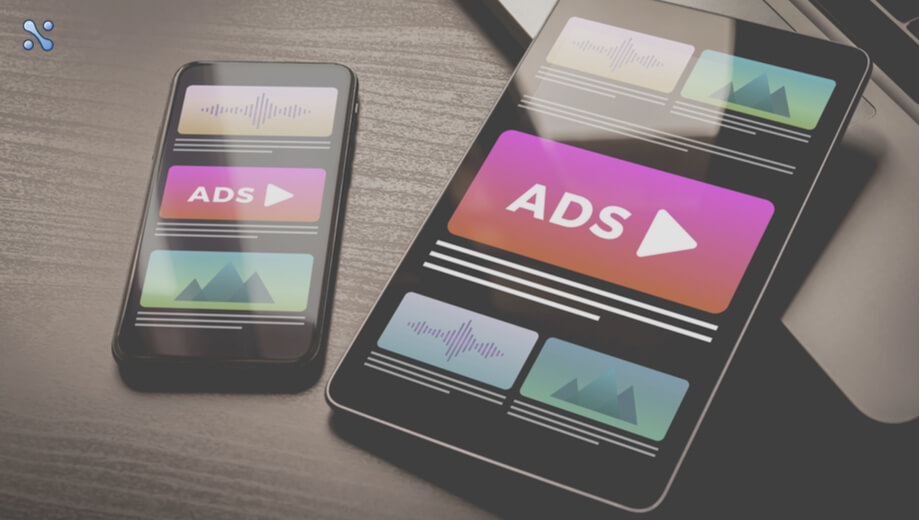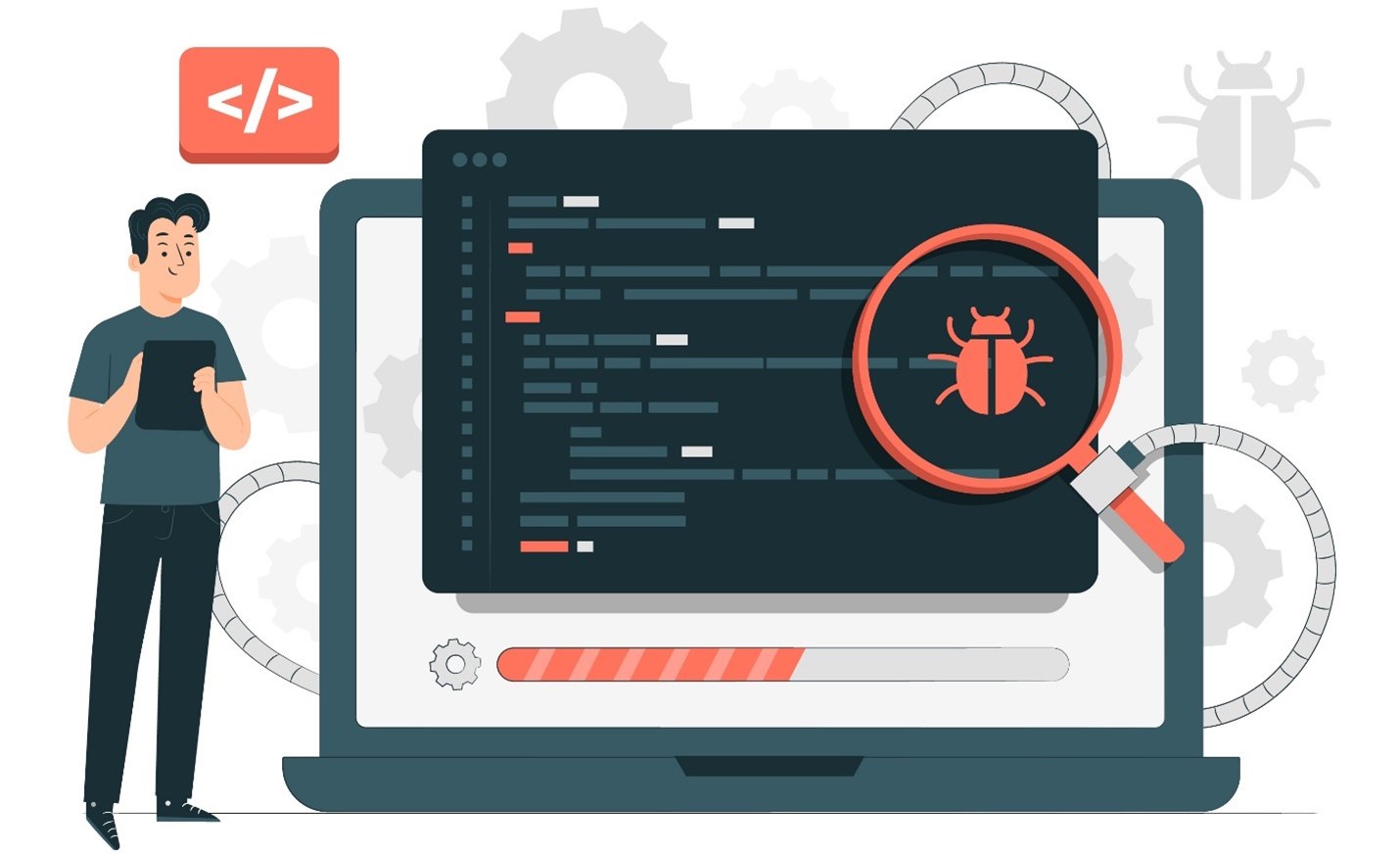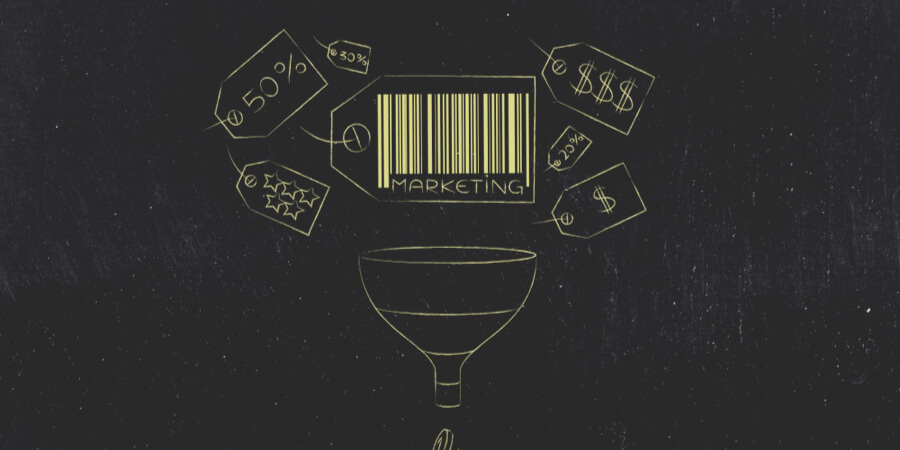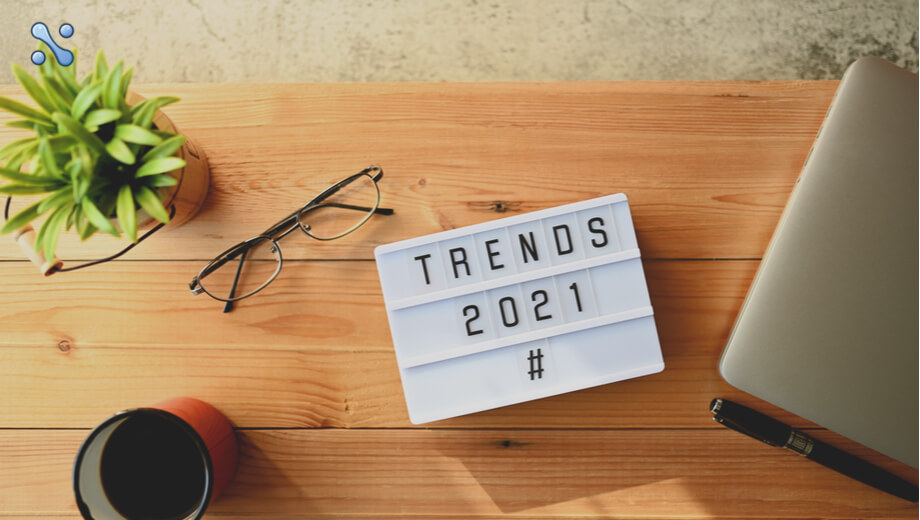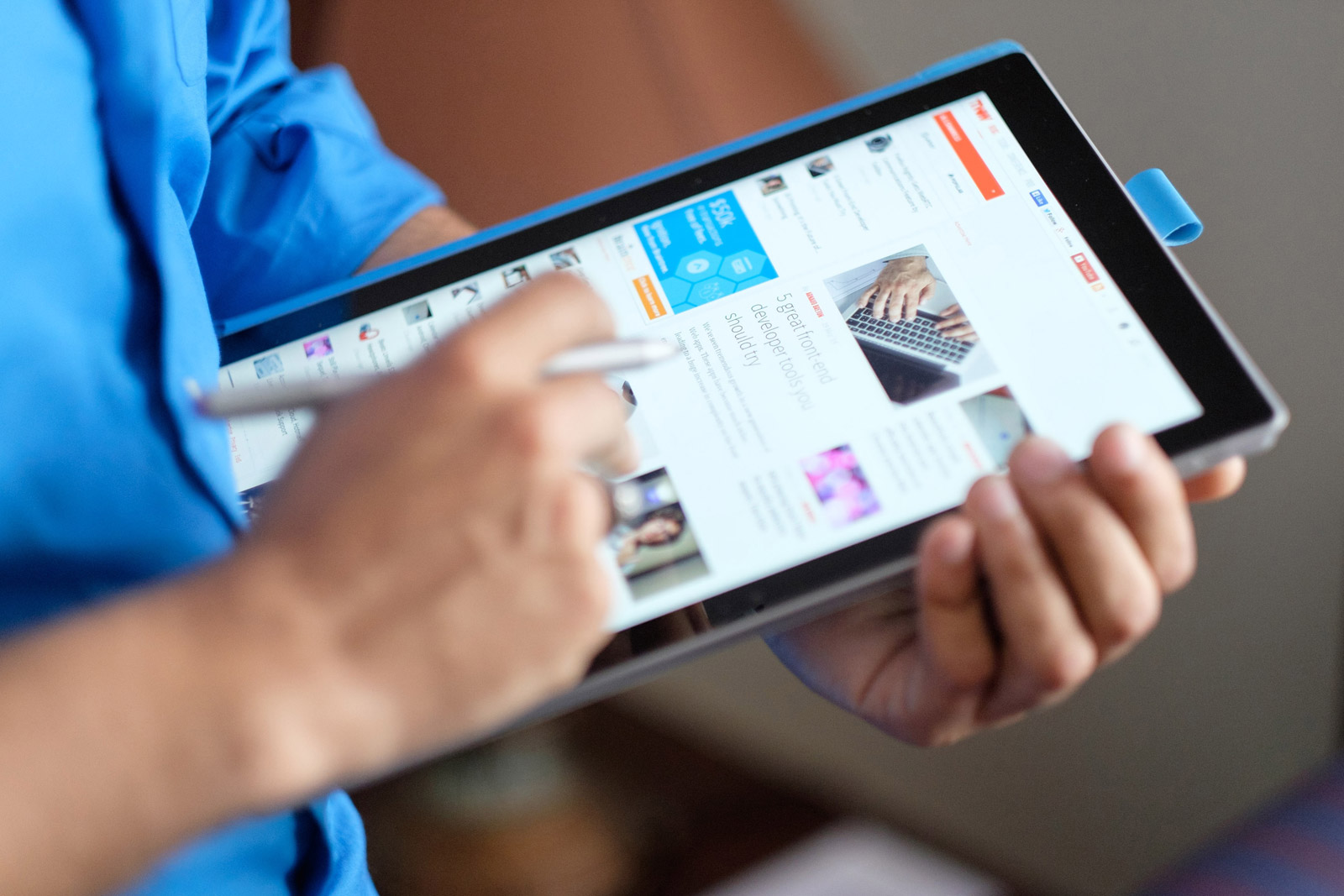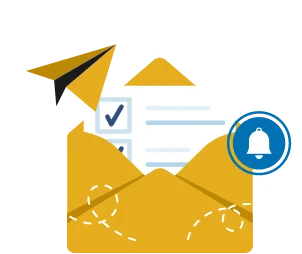Is there a way to make more money online? What’s the best way to turn content into money? For many people, creating ad funnels is the best solution.
Many online marketing guidelines advise you to create content, use social media, and communicate with your target audience.. etc.. etc.. In order to build your online presence, you must create content. This is correct. In return, customers will regard you as an authority and be more likely to make a purchase from you.
Selling is inevitable, but it must be done in a non-aggressive way. Having an Instagram account doesn’t mean you have to post exclusively about your business’s services and products.
This is the case because the majority of people aren’t ready to make a purchase after seeing just one post or advertisement.
Because of your primary offer, most users are unlikely to convert after meeting with you.
As a result, they only have a passing familiarity with you until your next encounter. In other words, they may not have a clear idea of what they want to buy and instead just want to look around. When it comes to buying, even if a person is ready, they may not feel comfortable making a purchase after meeting you for the first time.
Don’t limit your search to price reductions on retail items.
You have to establish a connection with the user to do this. This means that you should make your brand known to the user, communicate with them, earn their trust, and demonstrate how your product can assist them in solving their problems.
Discovering your customer’s journey can help you identify the user’s points of contact with you from their first encounter to their final purchase. Once you’ve gathered this data, it will be much easier to determine your ad strategy and campaign objectives.
Most conversions and larger purchases happen as a result of the user having communicated with you several times.
Assisting the customer through the buying process is one of the most effective uses of ad funnels.
Where and how do you put your ads in an Ads Funnel?
A funnel represents the path taken by a user through your customer journey (similar to an ice cream cone). The first step is to introduce yourself, then consideration will follow, and finally conversion will take place. There is a goal of getting customers from top of the funnel to bottom of the funnel (when they buy from you) by meeting them at the top of the funnel (when they confidently purchase from you).
Three sections to the funnel:
-
- There is a high degree of awareness in the room.
- The contemplation level occupies the majority of the available space.
- At the bottom, you’ll see the conversion rate (also called decision level)
Digital marketing jargon refers to these phases as “Top of the Funnel,” “Middle of the Funnel,” and “Bottom of the Funnel” (BOFU).
What effect will ad funnels have on my sales?
You can use funnels to interact with today’s customers. People are hesitant to make a purchase from you when they first meet you because, as previously stated, they don’t know you, don’t trust you, or aren’t sure if what they get from you will meet their needs.
Most people seek advice and gather more information before making a purchase. The more you press them, the more likely they are to think you’re all “Buy me! Buy me!”
You can track how people respond to your ads in an ad funnel once they’ve completed their journey or achieved their conversion goal.
You’ll have lean and predictable methods for acquiring customers over time if it succeeds, which will allow your business to grow steadily.
Here are the three stages of an advertising funnel for your review:
You’re at the top of the funnel when people are aware of your enterprise (TOFU). This is the stage where people are seduced. You put on your best face to attract others’ attention. As they scroll, you want to grab their attention.
You now have the freedom to come up with innovative ideas for entertaining and instructive content. What is it about it that grabs people’s attention? Because it’s different, provocative, and prevents you from just scrolling through your feed forever. A compelling and eye-catching ad will be required in this case to reach the intended audience.
You can use the following promotional materials to back up your ad:
-
- Check out these entertaining videos!
- Instructional articles, as well as articles that read like a list,
- Posts in the blogosphere about what mistakes people make (and how to avoid it)
- Unmissable e-book on a hot topic of the moment
This content should be shared on your website and social media to reach a wider audience. After that, you can use internet advertisements to drive traffic to your site and promote your content.
Education and opinion are found in the MOFU
Once you start “flirting,” you can begin nurturing your relationship. It’s at this point that you build a rapport with the person and learn about their problems, see how you can help them, and earn their trust.
It’s a step forward from the previous stage, and you have multiple ways to connect with the user.
Let’s say you’ve received an email with a link to a free e-book download. For the purpose of signing up, the user provided you with their e-mail address. Having joined your mailing list, they will receive future newsletters from you with information on your products and services as well as promotional offers.
Additionally, your advertisements will be one of a kind. Your first offer was accepted by the user because they recognised you (they signed up for your e-book). During the contemplation stage, the now customer should be informed about your organisation through the middle of the funnel ad’s more facts and specifics.
Make use of tools like technical evaluations, product comparisons, and strategy guidelines. That way, your advertisement will be less alluring because it’s more focused on a problem that an intended audience is dealing with. Because you already know this audience is interested and has taken the first step, you’ll be able to narrow down your ad copy even further.
At the Bottom of the Funnel (BOFU), conversion is in full swing.
This indicates that the user is highly interested in you and your business if they have made it this far.
Because they received and opened your newsletter, as well as downloaded and read your e-book, they are familiar with you. Now they know what to expect from you in terms of service and meeting their expectations.
They are more likely to initiate contact by sending an email, calling, or creating an account. While your ad campaign is running, create a landing page for your site with all of the details of your offer. Making the purchase this way eliminates a number of the most significant obstacles.
The departments of marketing and sales work closely together. It is the sales team’s job to guide customers who saw the landing page offer but have a couple of questions.
The completion of the transaction can be aided by free trials, demos, promotional offers, package deals, and other similar content.
An Ad Funnel: A Step-by-Step Guide to Getting Started
Now that you know how an ad funnel can assist you in attracting various audiences to buy from you, focus on these three aspects to improve your marketing efforts.
Create a customer journey first.
As previously mentioned, an ad funnel must include a customer journey. Better marketing cannot be planned or produced without it.
Respond to inquiries such as:
- “What are the milestones in the prospect’s journey?” in your customer journey.
- With such anniversaries approaching, what kind of deals are possible?
- What units of measurement are you planning on employing? Signup forms and website traffic are examples of these three types of traffic.
- How long does it normally take to complete this task?
Which part of the show is the most frequently abandoned?
Incorporating such touchpoints will simplify the process of creating ads that lead prospects through the sales process.
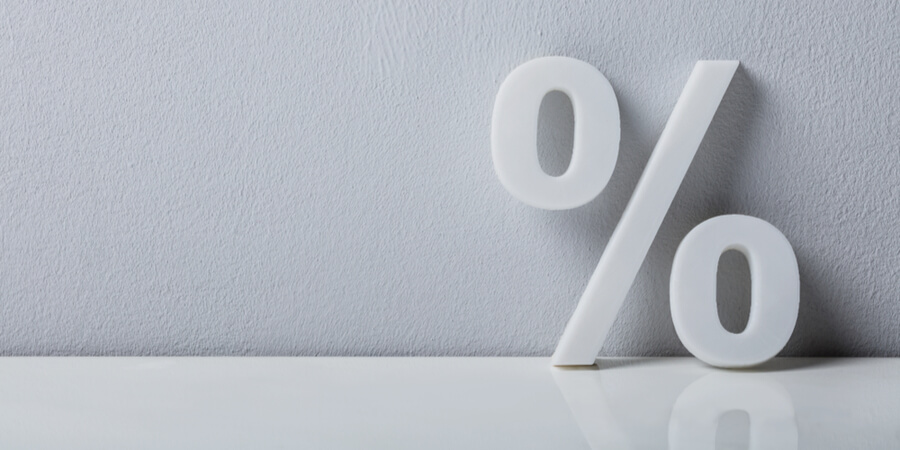
-
- You should have a campaign for each stage of the funnel, at the very least.
- Users’ expectations change at each level, so you can better target them at each one.
- It’s also possible to divide your funnel into three sections, each with a different campaign.
It’s possible to create ad sets for each of these (1, 2, 3, 4 — however many you want) and show them to different target audiences. It is possible for each ad set to have a different offer in it.
Campaign 1 has a targeted audience known as audience 1, so you can create an offer 1 ad set for that campaign’s audience 1 audience. Each ad set contains 3–4 offers. Ad sets that perform better at each stage will be identified using this logic, and your results will improve.
The centre and the bottom of the funnel should be treated the same way. While this will cause many advertisements, it is the most effective method of getting feedback on your work.
What’s with all the campaigns?
It will be a disaster for your marketing strategy if you combine all of your campaigns into a single one. It would be impossible to figure out what needs to change because you would put all your energy into one campaign.
Different ads for different funnel phases give you more freedom in adjusting them or your strategy if something does not go as planned.
Decide on your goals.
Use the customer journey and the characteristics of each funnel stage to help guide your campaign goals once everything is set up.
Here are some ideas we have:
- Look for brand awareness and goals at the top of the funnel.
- Use traffic, video views, lead generation, receive messaging, or engagement in the middle of the funnel.
- Focus on conversions, visits, and sales at the bottom of the funnel.
Conclusion
Investigate the user’s journey to learn about you and purchase your service or product. Create a content strategy that goes along with your ad funnel. Set up your campaigns and ad sets following your objectives.
-
- Select the most appropriate terms for your target audience and launch your ads.
- This method will considerably boost your online advertising efforts and yield greater results for your company.
FAQs About Advertising Funnel
Q. What is an Advertising Funnel?
A. An advertising funnel is a marketing model that maps a customer’s journey from initial awareness of a brand or product to the final purchase decision. It’s divided into stages like awareness, consideration, and conversion.
Q. Why is an Advertising Funnel Important for Campaigns?
A. Understanding and implementing an advertising funnel is crucial for campaigns as it guides how to engage potential customers at each stage, ultimately leading to higher conversions and efficient marketing efforts.
Q. What are the Key Stages of an Advertising Funnel?
A. The key stages typically include Top of the Funnel (Awareness), Middle of the Funnel (Consideration), and Bottom of the Funnel (Conversion or Decision).
Q. How Can Content Improve the Top of the Funnel?
A. At the awareness stage, content should be engaging and informative to capture attention. This can include entertaining videos, blogs, and eBooks that address the audience’s interests and needs.
Q. What Strategies Work Best in the Middle of the Funnel?
A. In the consideration stage, content should educate and nurture the relationship. Tactics like email marketing, technical reviews, product comparisons, and strategy guides are effective.
Q. What Should Be the Focus at the Bottom of the Funnel?
A. The conversion stage should focus on closing the sale with clear calls to action. Offering free trials, demos, and special deals can be persuasive in this stage.
Q. How Do I Create a Customer Journey for an Ad Funnel?
A. Identify the touchpoints from the first interaction to the final purchase, define measurable objectives like sign-ups or traffic, and understand the duration and dropout points of the journey.
Q. Why Should I Separate Campaigns for Each Funnel Stage?
A. Separating campaigns allows for targeted messaging and strategies suited for each stage, enabling more precise adjustments and effective tracking of results.
Q. What Goals Should Be Set for Each Funnel Stage?
A. For the top of the funnel, focus on brand awareness; in the middle, aim for engagement and leads; and at the bottom, concentrate on conversions and sales.
Q. How Can I Effectively Use Advertising Funnels to Boost Campaigns?
A. Understand your audience’s journey, create relevant content for each funnel stage, set clear objectives, and regularly adjust strategies based on performance analytics.
